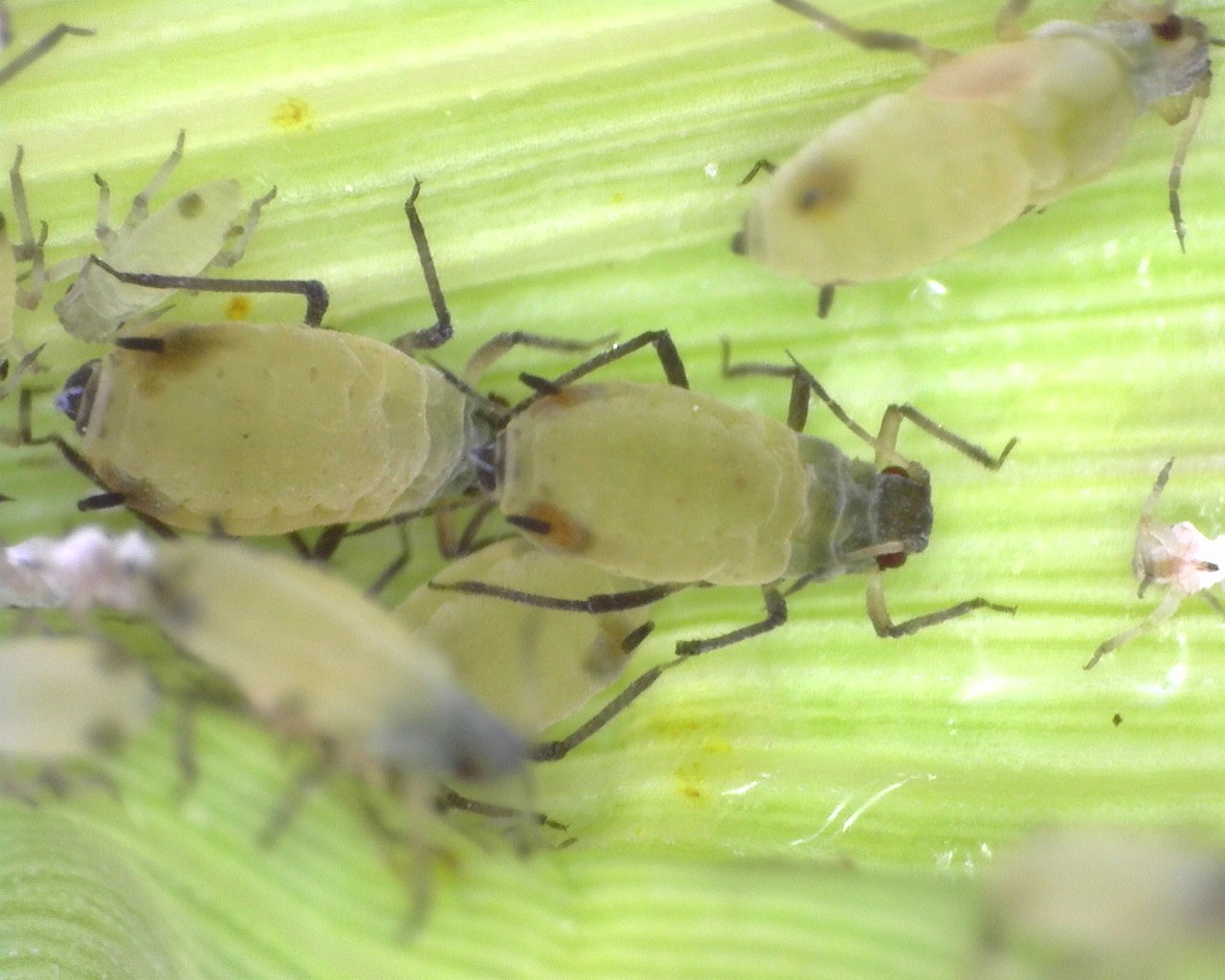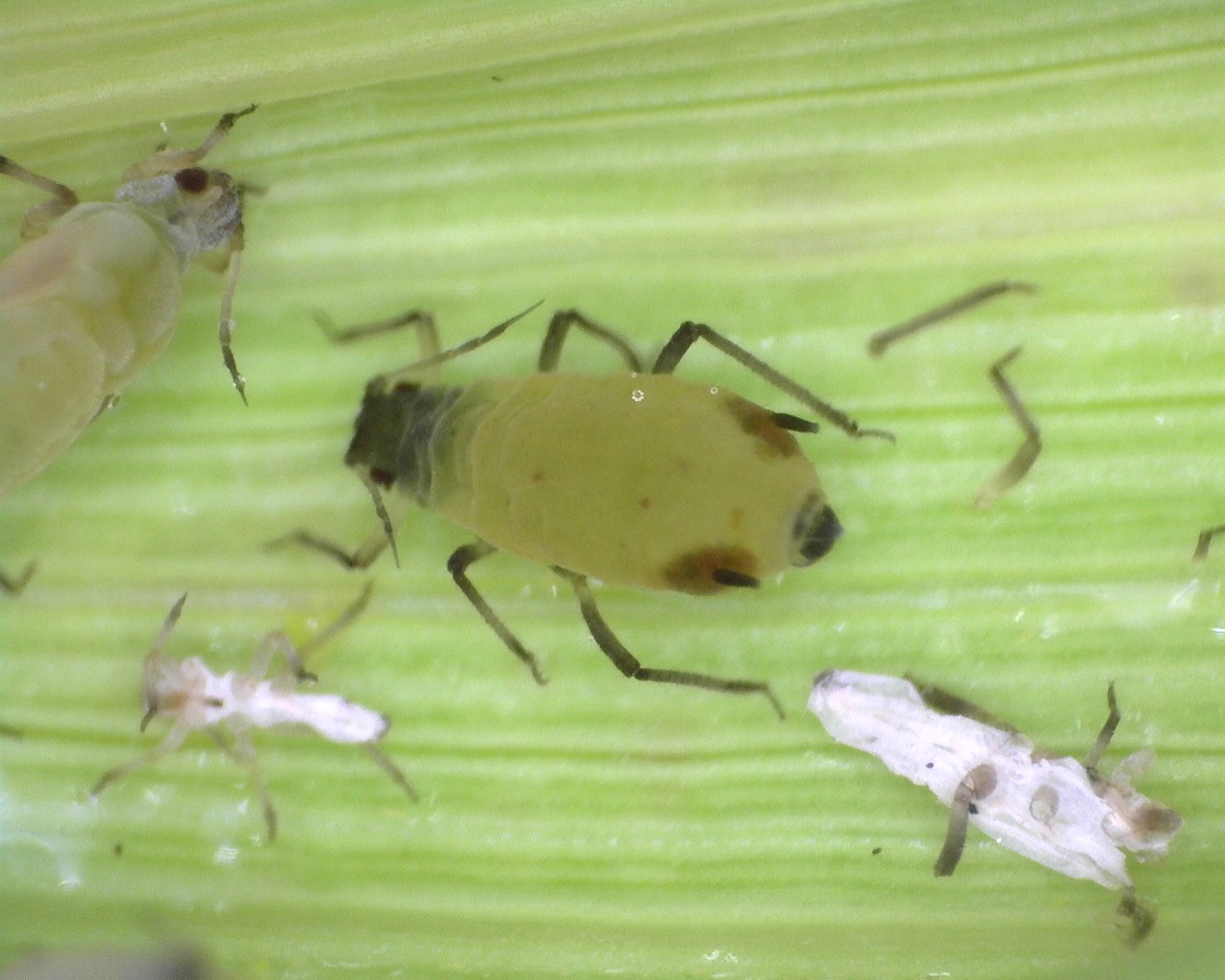
|
|
|
|

|
|||
|
|
|||
It’s been eight years since the bagrada bug first invaded desert cole crops. In the first few years the small stink bug was quite disruptive, but I think most would agree that bagrada bug population pressure has been relatively light the past few years. In fact, last fall had the lightest infestations we’ve seen since the widespread outbreaks in 2010 when the bagrada bug first occurred on desert cole crops at damaging levels. In an attempt to document changes in the severity of bagrada bug infestations on direct-seeded and transplanted cole crops and the intensity of chemical management, we have annually surveyed growers and PCAs from Yuma, Maricopa and Imperial counties since 2010. We recently conducted our annual survey two weeks ago. Results of the survey show that since 2010 the cole crop industry has experienced widespread bagrada bug infestations throughout the desert from September into November, although some years have been less intense than others. Last fall (2017) was the lightest year we’ve seen to date. Based on seasonal population abundance studies of adults infesting non-treated broccoli plants at the Yuma Ag Center (see graphs below), bagrada bug infestations in the fall 2016 and 2017 were lower than what we had observed since the pest first showed up in the desert. Bagrada bug population abundance on non-treated broccoli plots have also been consistently declining since 2012. Estimates of stand losses from bagrada bug infestations at stand establishment in both direct-seeded and transplanted crops have decreased significantly the past 5 years and were particularly low in 2017. The lower losses reported in 2017 are due to the lighter bagrada pressure experienced last season. Plant injury, defined as plants with multiple heads, forked terminals, and/or blind terminals resulting from Bagrada feeding, was also lower in 2017 compared to previous years. These data suggest that PCAs have adopted effective management programs to protect seedling crops during stand establishment. Insecticide usage to control this pest was at its lowest in 2017, and the percentage of acreage was treated in 2017 was lower than previous years. Pyrethroids remain the primary product used for controlling bagrada bug adults either via chemigation or with foliar spray applications. Based on survey results, products that have contact activity appeared to provide the most effective control against bagrada adults on both direct-seeded and transplanted cole crops. Results from the survey also showed that over half of direct seeded broccoli was treated with clothianidin (Nipsit) in 2017 and performed well in controlling adults and protecting stands. Overall, the results of the PCA survey are consistent with results obtained in research trials conducted at the Yuma Agricultural Center over the past four years. A summary of the 2010-2017 survey results can be found in the following report: Impact of Bagrada Bug on Desert Cole Crops: An Eight Year Summary. | |||
| Back | |||
|
For questions or comments on any of the topics please contact Marco Pena at the Yuma Agricultural Center.
|
|||
|
Home |
Cotton | Veggies |
Forages | Grains
| Citrus |
Crop x Crop Insects | Diseases| Weeds | Pesticides | Economics | News | Weather | Research | Photos | Contacts | General Info. Copyright © 2001 University of Arizona, College of Agriculture and Life Sciences Webmaster: Al Fournier (acis@ag.arizona.edu) |
|||


